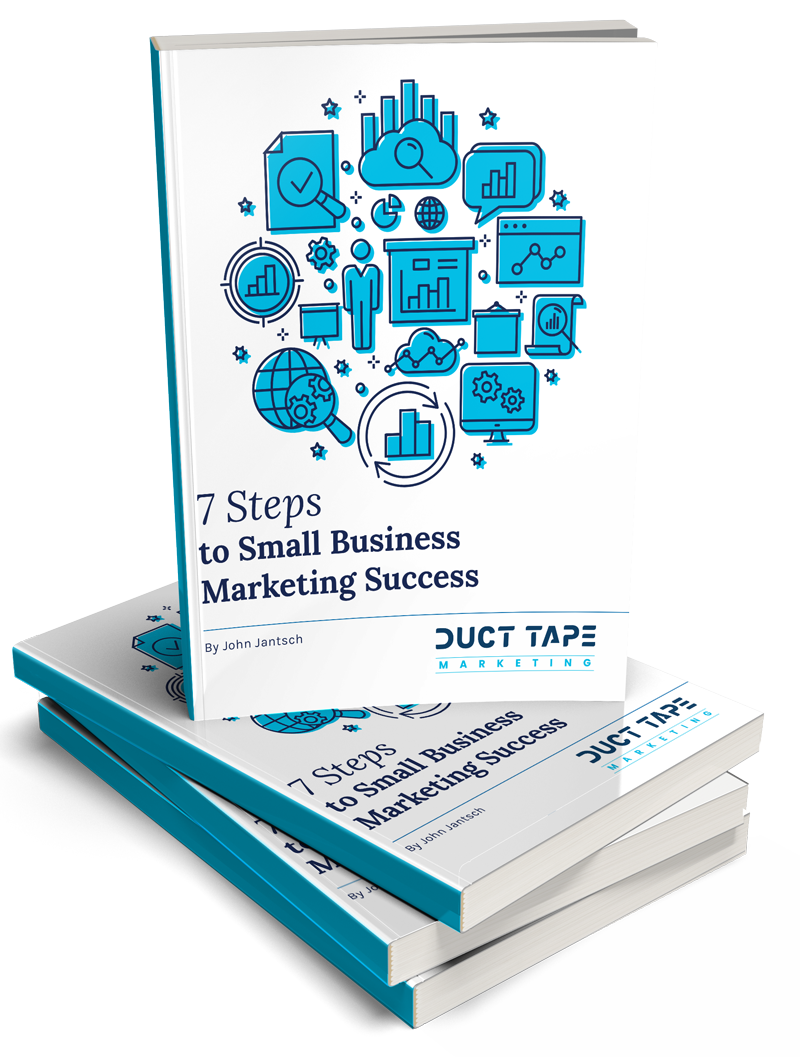Over the course of the last few years I’ve been telling business owners about the need to create content – lots of it. But, I ‘ve also been talking about content as a strategy, as a tool to create trust and educate and as something you simply must make a priority.
 No matter how I position it, however, I always get the same question – How do I come up with enough ideas to write about?
No matter how I position it, however, I always get the same question – How do I come up with enough ideas to write about?
The answer to that question really has two elements – first and foremost you must have a content plan that spells out the key content subjects that make sense for you to dive deeply into. This should be a list of eight or ten major themes that comprise your organization’s keywords and phrases. In other words, it’s not enough to have ideas to write about, they need to be the right ideas.
When you create this list and stick to it you can create a body of work over time that includes a thorough exploration of every subject on your list and build up a library of focused content that can extend to fact sheets, eBooks, videos, articles, interviews, and case studies that support all of your major themes.
The second element to this question involves the tool set required to keep content inspiration high. If you simply sit down each time you’re going to write something armed with only your keyword list, you’ll struggle to create fresh ideas.
Below are five ways that I keep content pouring over my brain in an effort to help me stay focused and excited about content creation.
Questions
This one is my power tool. Think about it. People ask questions because they want to know something. Your customers ask questions constantly. One of the easiest ways to create content that relates to your business and fills a need is to simply get in the habit of writing responses to questions you know need answering.
Before you know it you’ll have a powerful group of answers that you can turn into an FAQ document. The great thing about most questions is that if one person wants the answer, there’s a pretty good chance that others do as well.
Check out popular question and answer sites such as Quora, Focus or LinkedIn Answers. These sites are great because you can sort by topic and get a sense of the most popular questions people in your industry are asking. You may choose to participate on these sites, but the real value from a content standpoint may lie in the inspiration you gain from addressing the questions in your own content.
RSS Feeds
I subscribe to over 100 blogs and I make a habit of scanning them daily using Google Reader and an iPhone app called Reeder.
This allows me to stay on top of what people are saying in my world and often stimulates ideas for things I should write about. Many times I can take an idea and explain it differently or apply it to something totally unrelated.
This is also where I get exposed to other people’s content that I want to share in my newsletters and tweets.
Books and Magazines
I still subscribe to about five print magazines and, even though I can consume them online, I find that sometimes I gain additional insight through the use of different mediums. So in addition to the content in these magazines there’s value for me in the context as well.
I read lots of books due to the nature of my business but I also intentionally seek out books that people recommend that are seemingly unrelated to my business. I often get incredibly insightful ideas from books on philosophy, architecture, math, science and nature. There are so many parallel ideas in these studies that help me express business ideas in fresh ways.
Here’s a list of five books that taught me to look at things differently.
Bookmarking Sites
I love to dig into sites like Reddit and Delicious just to see what other people are finding interesting though their bookmarks. This helps me uncover content, tools and ideas that might take weeks and months to trickle into the mainstream and also provides tremendous intelligence on what makes something popular.
I also make extensive use of the tool on my own by bookmarking lots of content that I find and tagging it with my core topic list for later use.
Intentional Reading
This last one isn’t a tool so much as it is a behavior. I discovered this years ago when I was compiling information for my first book.
One of the most potent ways I know to develop unique content is to read a number of books related or unrelated to your topic with a single, intentional point of view.
In other words, if I’m looking to develop ideas around the topic of referrals I will read books that may or may not have much to do directly with referrals looking for ideas that I could apply. So for example a book on technology might be talking about how to design something in a way that makes it easier to scale and from my referral point of view I might very well gain a unique way to express how to build a network.
It’s almost as though I turn into the narrator while reading.
The bar for content creation is ever increasing. Where simple quantity was enough several years ago, today’s need for insight over shear information calls for a much deeper relationship with the ideas you choose to own.



